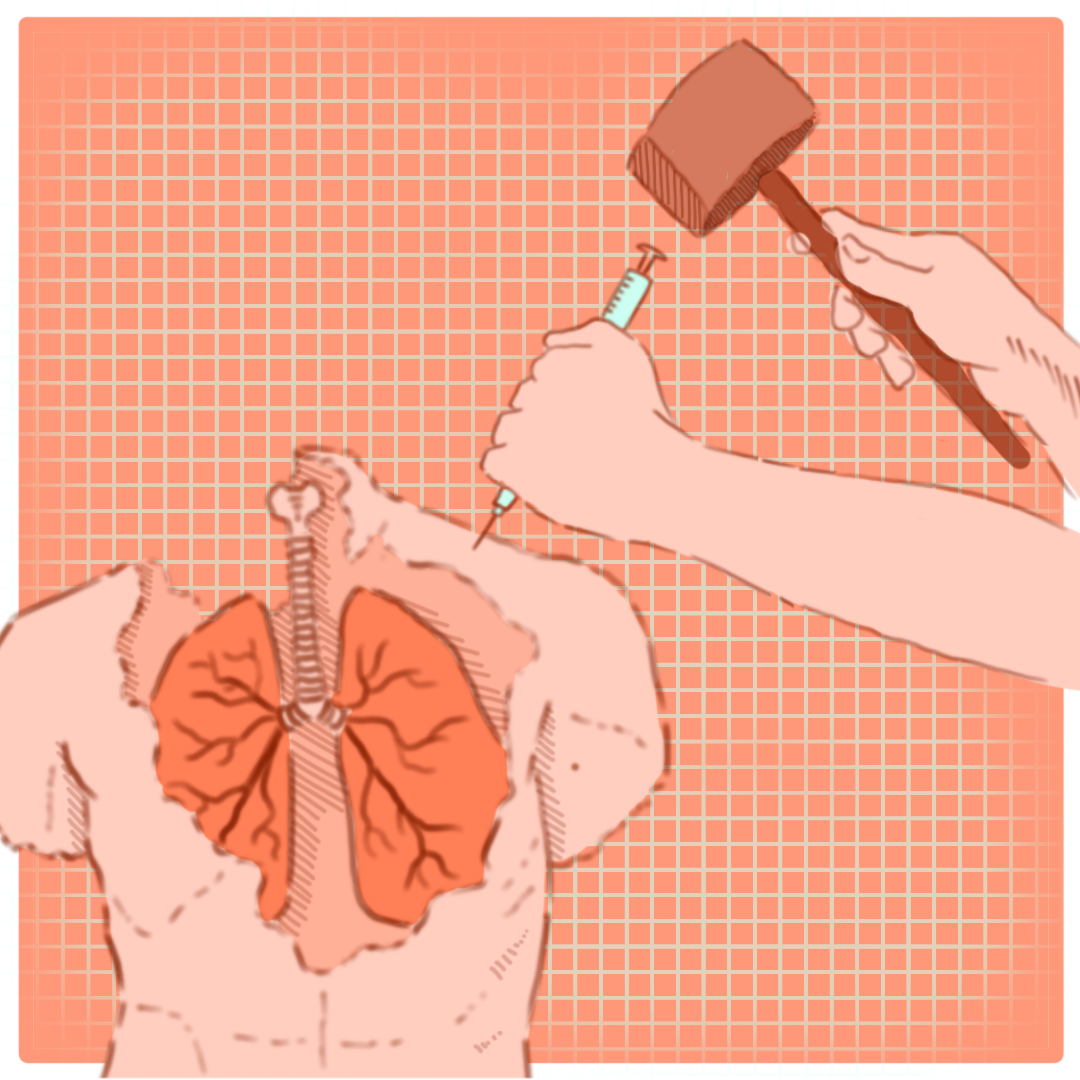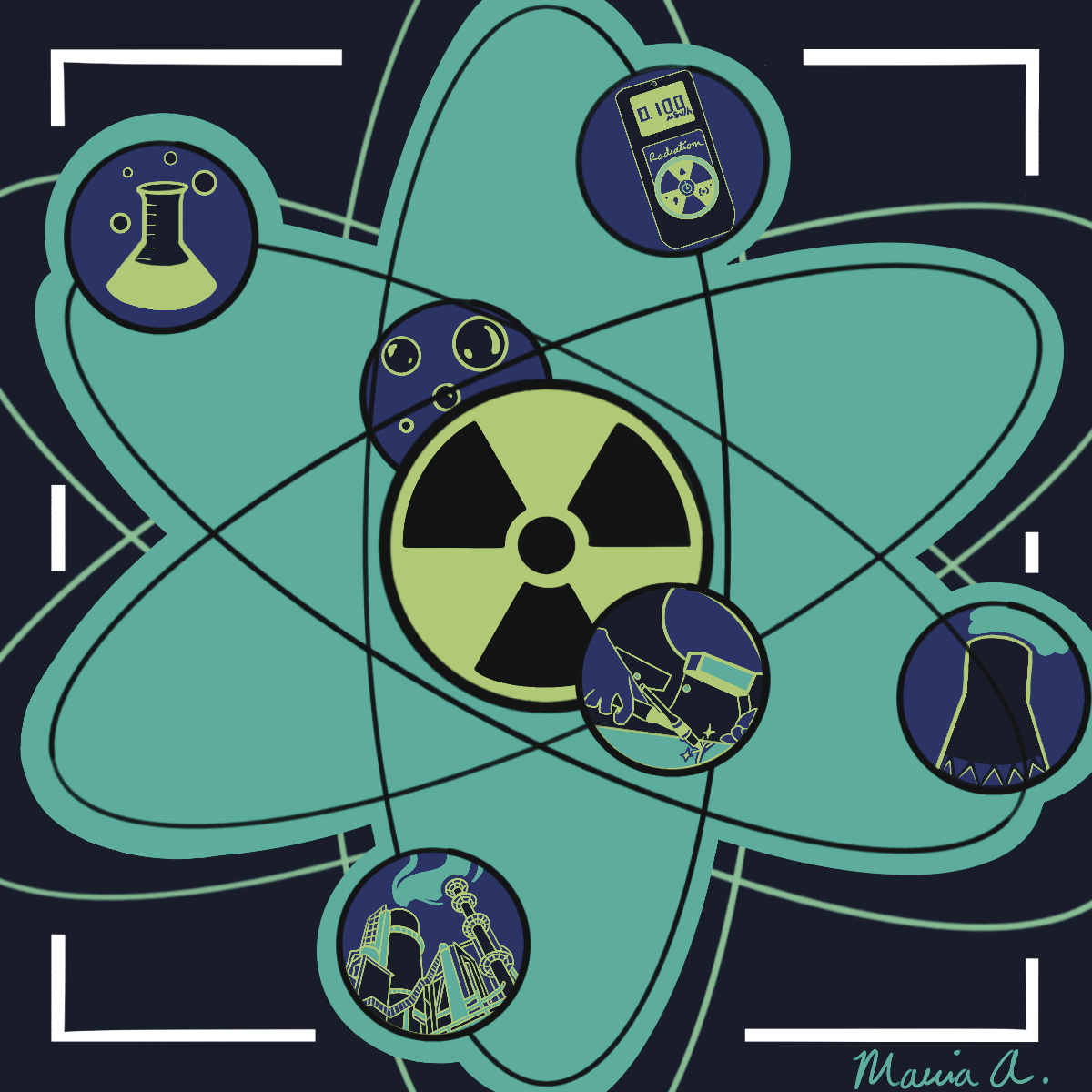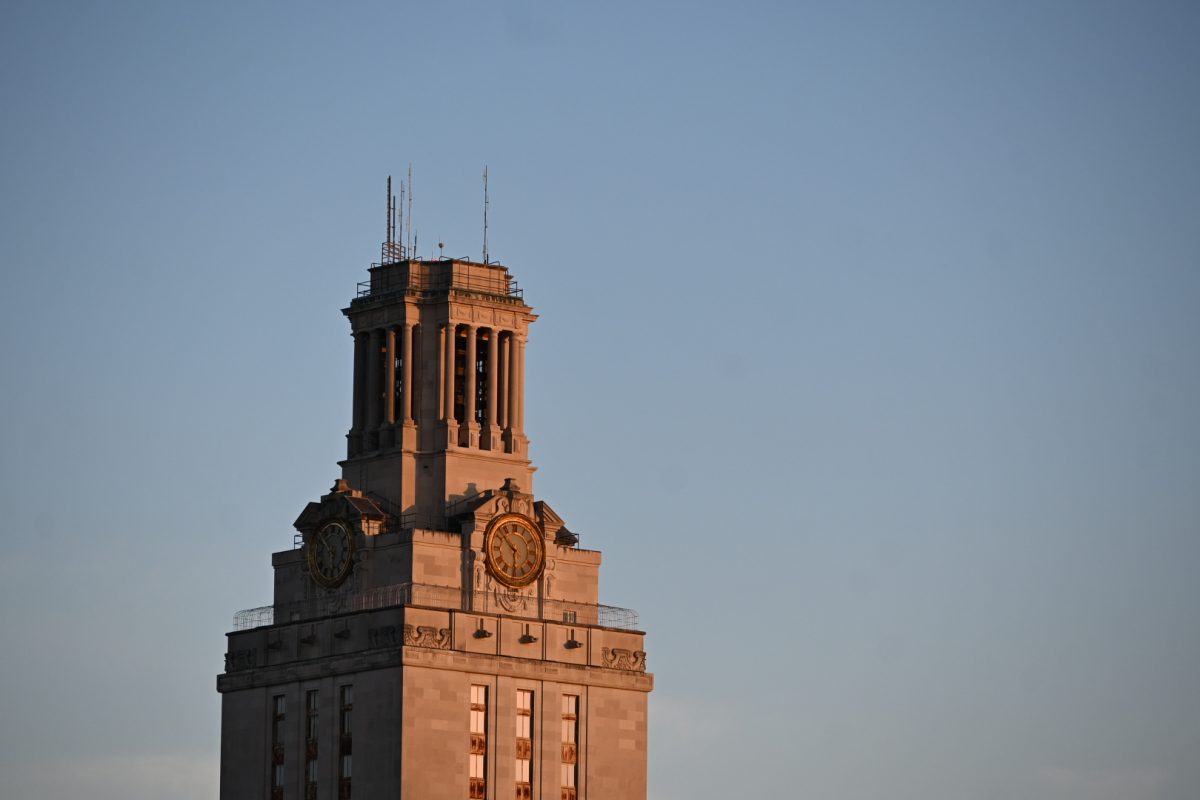While UT and Texas A&M University are unlikely to meet on the football field this semester, competition between the two universities to establish a fully operational medical school in South Texas will ensure the schools remain rivals.
Earlier this month, UT System Chancellor Francisco Cigarroa said he expects UT’s first class of South Texas medical students to graduate in 2018. However, A&M’s interest in establishing a medical school in the same area could complicate the process. Texas Sen. Juan Hinojosa said UT’s low investment in the medical school has caught A&M’s attention.
Hinojosa said his constituents were the next in line to have a medical school until the UT System Board of Regents decided go full-speed ahead with a medical school in Austin. The board announced in May that it would allocate $30 million to the proposed Austin medical school. While he said he isn’t opposed to an Austin medical school, he said this moves South Texas to the back of the line.
“As soon as consideration came up for a medical school in Austin, they just dropped us like hot cakes,” Hinojosa said. “So what are we supposed to do? Sit there and twiddle our thumbs and cry? No, we’ll take action and do what’s best for us.”
The population of South Texas is growing quickly, and the region has a shortage of doctors. A medical school would bring more health professionals to the region, but Hinojosa said it would be impossible for the UT System to build these two medical schools at once.
The senator and other members of the South Texas community, also known as the Valley, met with A&M Chancellor John Sharp in College Station earlier this month to discuss the possibility of an A&M System medical school in South Texas, including potential time frames and expenses, Hinojosa said.
Printed on August 31, 2012 as: "UT, A&M form new rivalry for med center"
“We have been asked to consider serving the Valley with our health science center, and we responded positively and enthusiastically,” Sharp said. “We are exploring all options to better serve the medical needs of the Valley.”
Hinojosa said the Valley’s infrastructure will probably support only one medical school’s demand for facilities and residency slots.
“Sometimes competition is good,” Hinojosa said. “It has pushed the UT Board of Regents to take action. They’ve now paid more attention and are seeing what they can do to expedite the process, but they haven’t offered too much money.”
In 1998, the Texas House of Representatives appropriated $30 million to begin a regional academic health center and the UT System Board of Regents established the health center in South Texas. Hinojosa said these actions were the first steps to creating a medical school, but the pace of its growth has been slow and inconsistent due to a funding shortage.
Hinojosa said he would like to see the funding behind the UT System’s commitment. He said the UT system wants the Texas Legislature to step in with some money but said he doesn’t see this as a realistic option in a time when the budget is so tight.
“Either way, it’s going to be good for the Valley,” Hinojosa said. “We’re not being ignored anymore.”
Printed on August 31, 2012 as: "UT, A&M form new rivalry for med center"




















